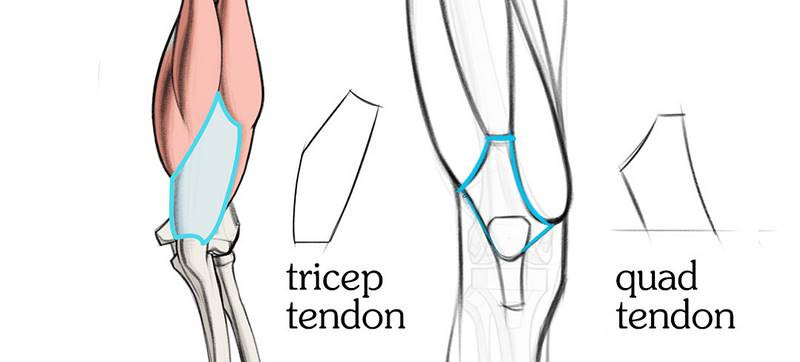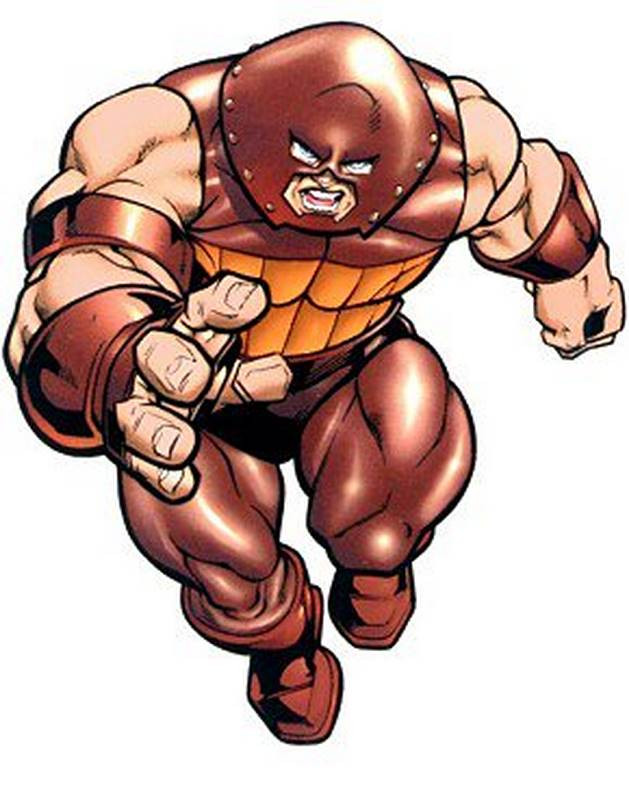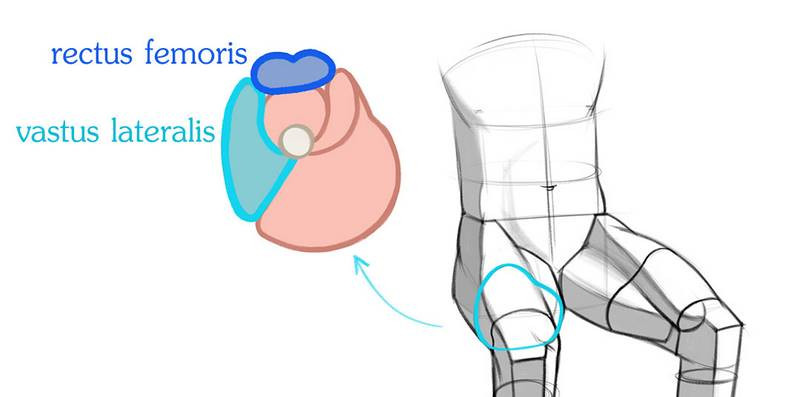
Let's Introduce the 4 Muscles

The "quadriceps femoris" is a 4-head muscle. Each head has its own name, so let's say hello real quick. Vastus lateralis is the largest of the bunch on the lateral side, vastus medialis is this big meaty teardrop on the medial side, vastus intermedius on the interior (it's a deep muscle we don't need to worry about), and the rectus femoris in the middle. High up in the middle! They all originate on the femur, except the rectus femoris, which originates higher up on the pelvis. But not all the way up where the sartorius and TFL attach. Just a tad lower.

We group all the quads together because they share the same quad tendon at their insertion to the kneecap, which attaches to the patellar ligament, which then attaches to the tibia. Remember from the premium knee episode, that the purpose of the patella is to help the quads to straighten the leg.
There you go, you just learned the origin, insertion and action of 4 muscles! That's 12 things already! Patterns like this make the quads a little easier to learn. But it's the shape and forms of these muscles we're concerned with and that's the hard part. The quads can look really awesome when drawn well. So let's learn how to do that.
Asymmetry
From the front, you'll want to look for asymmetry. The sartorius and tensor fascia latae create that v shape that leads nicely into the gesture and large teardrop shape of the quads. That point at the top starts at the ASIS, which is off to the side, not in the center of the leg. At the knee you want to use more straights to indicate bone and all the vertical tendons in that area. The vastus medialis is the lowest of the bunch. The vastus lateralis is a bit higher up on the outside. The rectus femoris starts even higher at the top of the quad tendon and goes up at the same angle as the femur.
The quad tendon is another place to look for asymmetry. I want to remind you guys about the triceps tendon.


Since it's so low, it has a tendon that attaches along the side of the patella as well. The quadriceps tendon varies from person to person in proportion and shape, so you get a little artistic license here.
Basic Forms
Ever notice how women in comics will often be posed to accent very specific... body parts? Well, one of the more common poses for male superheroes is all about the Quads. Look at this one, it's pretty much just Quads, Delts, and Fists. Nice.

In the adductors lesson, we grouped the quads and hamstrings into 1 large mass to focus on the adductors. The quads take up most of that large mass. The quads are huge. And on a huge person, they're even huge-er... The quads span most of the front of the leg and a really large chunk of the side of the leg. The side is defined by the vastus lateralis and is usually fairly flat. The rectus femoris bulges out in the middle.

In a cross section lower down on the leg, just above the knee, it's the sides that bulge more. We have that bread slice shape as a cross section. The vastus medialis and vastus lateralis are the muscles on the sides that make the rounded top part of the bread slice. This quad tendon in the middle is flat in this section. On large hunks, it can be recessed as the muscle bellies bulge around it.

The tendon is thin, so when the knee is bent and the tendon is stretched, you can see the femur's pointy lateral condyle through it. The medial condyle is covered by the mass of the vastus medialis.
Vastus Medialis
The vastus medialis is a very prominent teardrop shape on the inside just above the patella. You'll commonly see a sharp edge where it ends at the bottom. Even on an average, non-muscular person who's just standing around, you'll often see a distinct furrow above the kneecap, where medialis ends. The musculature blends together, but the attachments are defined.

The medialis is the muscle that the sartorius wraps behind before it comes back around to the side of the tibia. So, make sure you don't confuse the whole mass as the vastus medialis. It ends above the patella.
This is the bundle of tendons we learned about last time, from the sartorius, gracilis, and hamstrings.

Vastus Lateralis

Also, remember the vastus lateralis can be vertically indented by that iliotibial band we learned about in the butt lesson.
Rectus Femoris
Not the rectus you're thinking of... The rectus femoris has two bellies. On most people you won't see the separation, but on athletes it's very obvious. The lateral belly is higher up and more forward than the medial belly. The rectus femoris defines most of the contour from side view.


As a final note, I want to come back to the similarity between the quadriceps and the triceps. They both have a low medial head and a high lateral head from the body of the bone, and a long head that originates on the torso instead of the limb. They both have large tendinous zones at their insertion. And they both straighten the limb. I find these echoes through the body really neat...
In premium we go into a lot more detail about the quad muscles and some interesting things you'll see on the surface.

Get the full anatomy course. In the next lesson we'll learn about the biceps of the leg - the hamstrings. Until then, here's your assignment.














